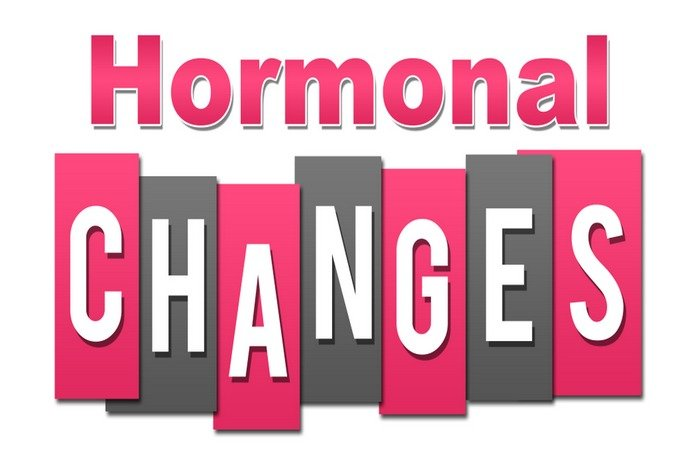Hormonal Changes

Changes in hormones contribute to the progression of atopic dermatitis. This condition can be triggered by hormonal fluctuations, particularly in females. Progesterone and oestrogen are the hormones responsible for menstruation and multiple tissue and organ responses. Multiple oestrogen and progesterone receptors exist in the human body, and they serve multiple functions, including skin pigmentation. A decrease in oestrogen levels during the premenstrual phase has negative effects on the epidermis, resulting in increased water loss, an increase in microorganisms, and slowed wound healing. This condition can exacerbate atopic dermatitis-affected epidermis and damage the skin barrier. Excessive water loss from skin causes skin dryness and allows pollutants and microbes to penetrate the skin by reducing the skin’s ability to maintain its natural water balance. This hormonal decline is visible on the skin and causes atopic dermatitis. It makes a person’s atopic dermatitis worse if they already have it. Hormone replacement therapy can help alleviate the symptoms and improve the skin condition.
